1. Jackson WM, Nesti LJ, Tuan RS. 2012; Concise review: clinical translation of wound healing therapies based on mesenchymal stem cells. Stem Cells Transl Med. 1:44–50. DOI:
10.5966/sctm.2011-0024. PMID:
23197639. PMCID:
PMC3727688.

2. Matsushita K, Dzau VJ. 2017; Mesenchymal stem cells in obesity: insights for translational applications. Lab Invest. 97:1158–1166. DOI:
10.1038/labinvest.2017.42. PMID:
28414326.

3. Lee CW, Hsiao WT, Lee OK. 2017; Mesenchymal stromal cell-based therapies reduce obesity and metabolic syndromes induced by a high-fat diet. Transl Res. 182:61–74.e8. DOI:
10.1016/j.trsl.2016.11.003. PMID:
27908750.

4. Hunter CA, Jones SA. 2015; IL-6 as a keystone cytokine in health and disease. Nat Immunol. 16:448–457. DOI:
10.1038/ni.3153. PMID:
25898198.

5. Ouchi N, Parker JL, Lugus JJ, Walsh K. 2011; Adipokines in inflammation and metabolic disease. Nat Rev Immunol. 11:85–97. DOI:
10.1038/nri2921. PMID:
21252989. PMCID:
PMC3518031.

6. Pickup JC, Mattock MB, Chusney GD, Burt D. 1997; NIDDM as a disease of the innate immune system: association of acute-phase reactants and interleukin-6 with metabolic syndrome X. Diabetologia. 40:1286–1292. DOI:
10.1007/s001250050822. PMID:
9389420.

7. Pradhan AD, Manson JE, Rifai N, Buring JE, Ridker PM. 2001; C-reactive protein, interleukin 6, and risk of developing type 2 diabetes mellitus. JAMA. 286:327–334. DOI:
10.1001/jama.286.3.327. PMID:
11466099.

8. Theurich S, Tsaousidou E, Hanssen R, Lempradl AM, Mauer J, Timper K, Schilbach K, Folz-Donahue K, Heilinger C, Sexl V, Pospisilik JA, Wunderlich FT, Brüning JC. 2017; IL-6/Stat3-Dependent induction of a distinct, obesity-associated NK cell subpopulation deteriorates energy and glucose homeostasis. Cell Metab. 26:171–184.e6. DOI:
10.1016/j.cmet.2017.05.018. PMID:
28683285.

9. Ng J, Hynes K, White G, Sivanathan KN, Vandyke K, Bartold PM, Gronthos S. 2016; Immunomodulatory properties of induced pluripotent stem cell‐derived mesenchymal cells. J Cell Biochem. 117:2844–2853. DOI:
10.1002/jcb.25596. PMID:
27167148.

10. Xie Z, Tang S, Ye G, Wang P, Li J, Liu W, Li M, Wang S, Wu X, Cen S, Zheng G, Ma M, Wu Y, Shen H. 2018; Interleukin-6/interleukin-6 receptor complex promotes osteogenic differentiation of bone marrow-derived mesenchymal stem cells. Stem Cell Res Ther. 9:13. DOI:
10.1186/s13287-017-0766-0. PMID:
29357923. PMCID:
PMC5776773.

11. Kondo M, Yamaoka K, Sakata K, Sonomoto K, Lin L, Nakano K, Tanaka Y. 2015; Contribution of the Interleukin-6/STAT-3 signaling pathway to chondrogenic differentiation of human mesenchymal stem cells. Arthritis Rheumatol. 67:1250–1260. DOI:
10.1002/art.39036. PMID:
25604648.

12. James AW. 2013; Review of signaling pathways governing MSC osteogenic and adipogenic differentiation. Scientifica. 2013:684736. DOI:
10.1155/2013/684736. PMID:
24416618. PMCID:
PMC3874981.

13. Xie Z, Wang P, Li Y, Deng W, Zhang X, Su H, Li D, Wu Y, Shen H. 2016; Imbalance between bone morphogenetic protein 2 and noggin induces abnormal osteogenic differentiation of mesenchymal stem cells in ankylosing spondylitis. Arthritis Rheumatol. 68:430–440. DOI:
10.1002/art.39433. PMID:
26413886.

15. Yamasaki K, Taga T, Hirata Y, Yawata H, Kawanishi Y, Seed B, Taniguchi T, Hirano T, Kishimoto T. 1988; Cloning and expression of the human interleukin-6 (BSF-2/IFN beta 2) receptor. Science. 241:825–828. DOI:
10.1126/science.3136546. PMID:
3136546.

16. Pittenger MF, Mackay AM, Beck SC, Jaiswal RK, Douglas R, Mosca JD, Moorman MA, Simonetti DW, Craig S, Marshak DR. 1999; Multilineage potential of adult human mesenchymal stem cells. Science. 284:143–147. DOI:
10.1126/science.284.5411.143. PMID:
10102814.

17. Barry FP, Boynton RE, Haynesworth S, Murphy JM, Zaia J. 1999; The monoclonal antibody SH-2, raised against human mesenchymal stem cells, recognizes an epitope on endoglin (CD105). Biochem Biophys Res Commun. 265:134–139. DOI:
10.1006/bbrc.1999.1620. PMID:
10548503.

18. Kyriakis JM, Avruch J. 2012; Mammalian MAPK signal transduction pathways activated by stress and inflammation: a 10-year update. Physiol Rev. 92:689–737. DOI:
10.1152/physrev.00028.2011. PMID:
22535895.

19. Legendre F, Bogdanowicz P, Boumediene K, Pujol JP. 2005; Role of interleukin 6 (IL-6)/IL-6R-induced signal tranducers and activators of transcription and mitogen-activated protein kinase/extracellular. J Rheumatol. 32:1307–1316. PMID:
15996070.
20. Chen JD, Xu FF, Zhu H, Li XM, Tang B, Liu YL, Zhang Y. 2014; [ICAM-1 regulates differentiation of MSC to adipocytes via activating MAPK pathway]. Zhongguo Shi Yan Xue Ye Xue Za Zhi. 22:160–165. DOI:
10.7534/j.issn.1009-2137.2014.01.031. PMID:
24598670. Chinese.
21. Pricola KL, Kuhn NZ, Haleem-Smith H, Song Y, Tuan RS. 2009; Interleukin-6 maintains bone marrow-derived mesenchymal stem cell stemness by an ERK1/2-dependent mechanism. J Cell Biochem. 108:577–588. DOI:
10.1002/jcb.22289. PMID:
19650110. PMCID:
PMC2774119.

22. Aouadi M, Jager J, Laurent K, Gonzalez T, Cormont M, Binétruy B, Le Marchand-Brustel Y, Tanti JF, Bost F. 2007; p38MAP Kinase activity is required for human primary adipocyte differentiation. FEBS Lett. 581:5591–5596. DOI:
10.1016/j.febslet.2007.10.064. PMID:
17997987.

23. Aouadi M, Laurent K, Prot M, Le Marchand-Brustel Y, Binétruy B, Bost F. 2006; Inhibition of p38MAPK increases adipogenesis from embryonic to adult stages. Diabetes. 55:281–289. DOI:
10.2337/diabetes.55.02.06.db05-0963. PMID:
16443758.

25. Sonowal H, Kumar A, Bhattacharyya J, Gogoi PK, Jaganathan BG. 2013; Inhibition of actin polymerization decreases osteogeneic differentiation of mesenchymal stem cells through p38 MAPK pathway. J Biomed Sci. 20:71. DOI:
10.1186/1423-0127-20-71. PMID:
24070328. PMCID:
PMC3849435.

26. Martin AD, Daniel MZ, Drinkwater DT, Clarys JP. 1994; Adipose tissue density, estimated adipose lipid fraction and whole body adiposity in male cadavers. Int J Obes Relat Metab Disord. 18:79–83. PMID:
8148928.
27. Prior BM, Cureton KJ, Modlesky CM, Evans EM, Sloniger MA, Saunders M, Lewis RD. 1997; In vivo validation of whole body composition estimates from dual-energy X-ray absorptiometry. J Appl Physiol (1985). 83:623–630. DOI:
10.1152/jappl.1997.83.2.623. PMID:
9262461.

28. Matsushita K. 2016; Mesenchymal stem cells and metabolic syndrome: current understanding and potential clinical implications. Stem Cells Int. 2016:2892840. DOI:
10.1155/2016/2892840. PMID:
27313625. PMCID:
PMC4903149.

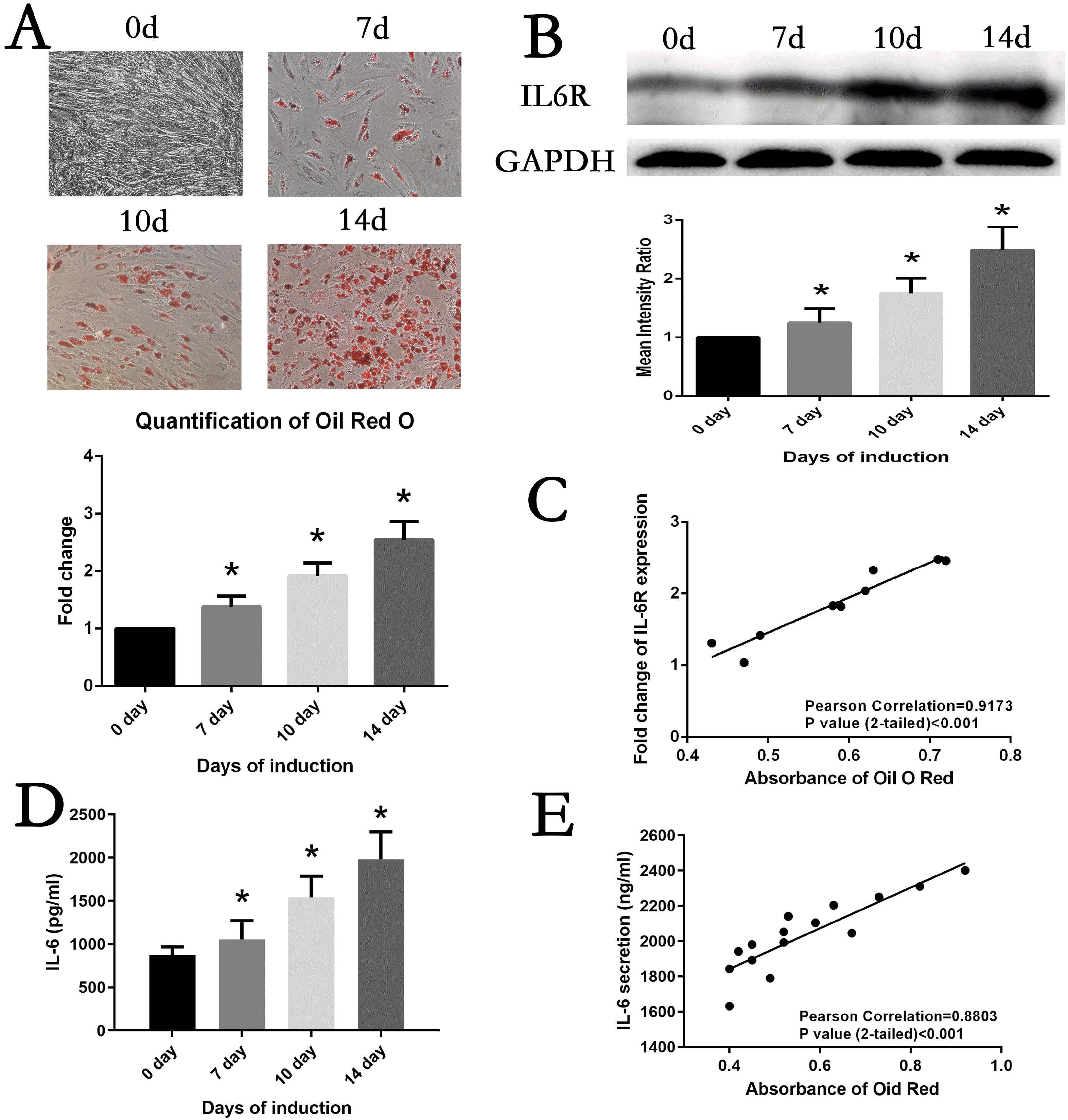
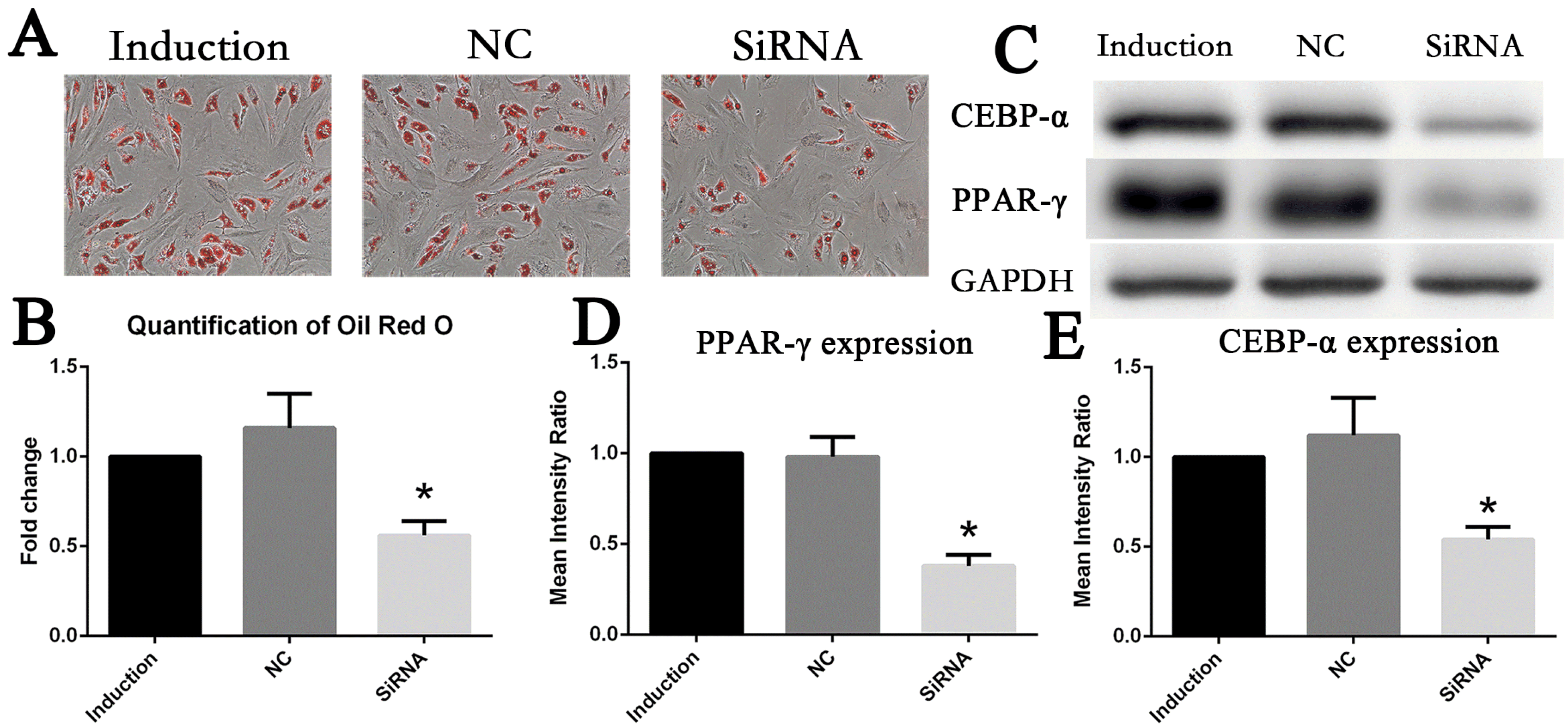
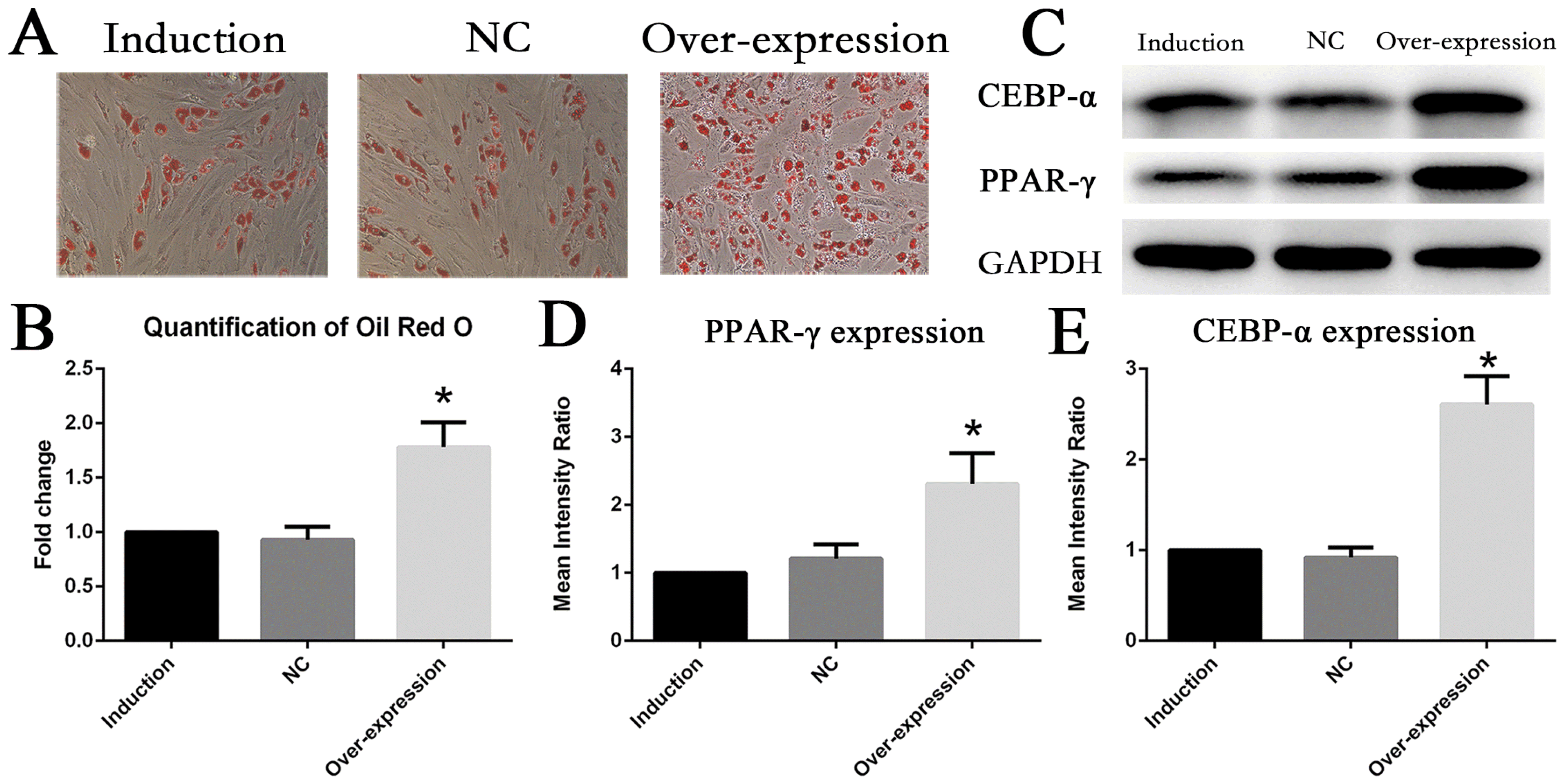
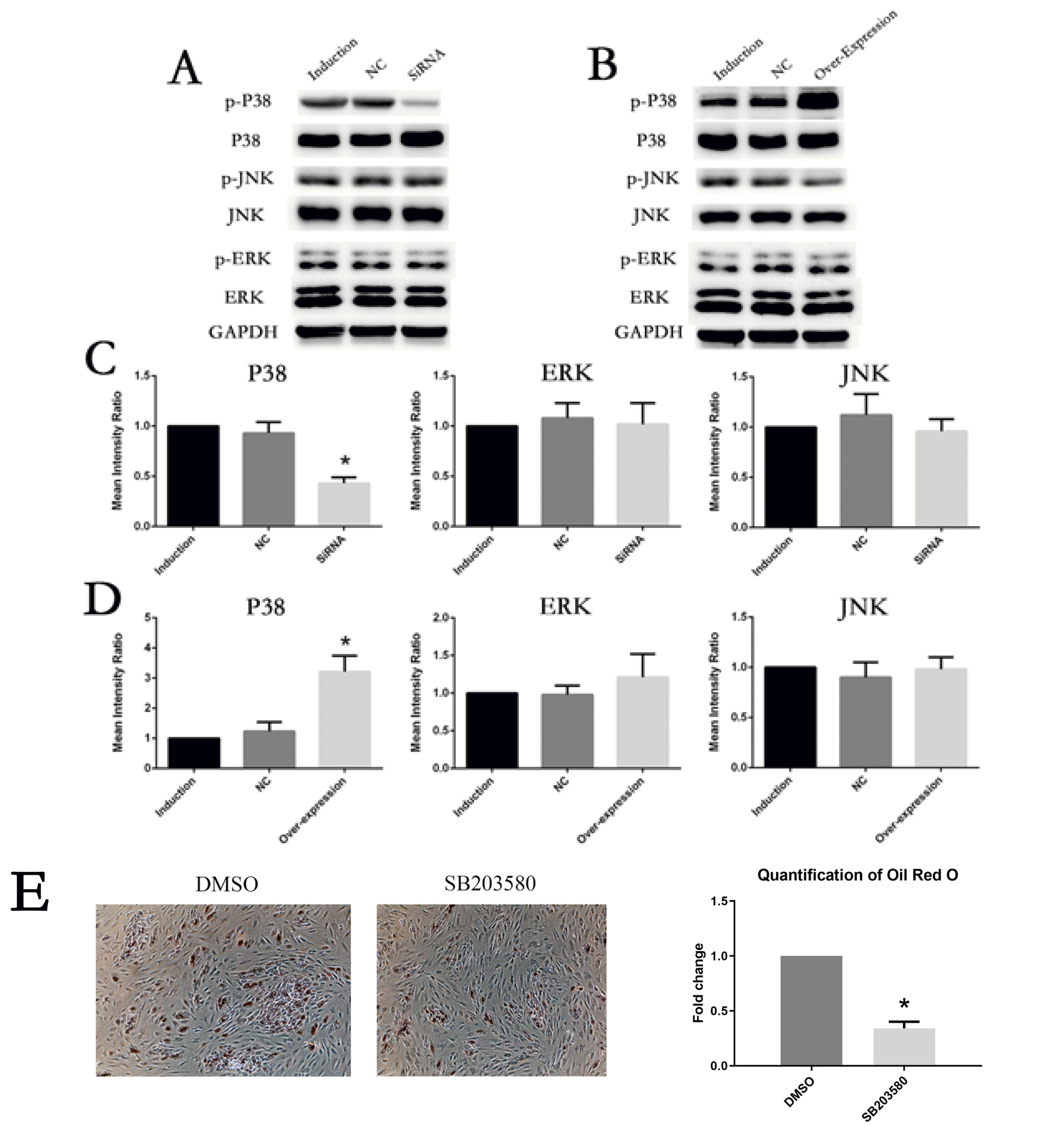




 PDF
PDF Citation
Citation Print
Print


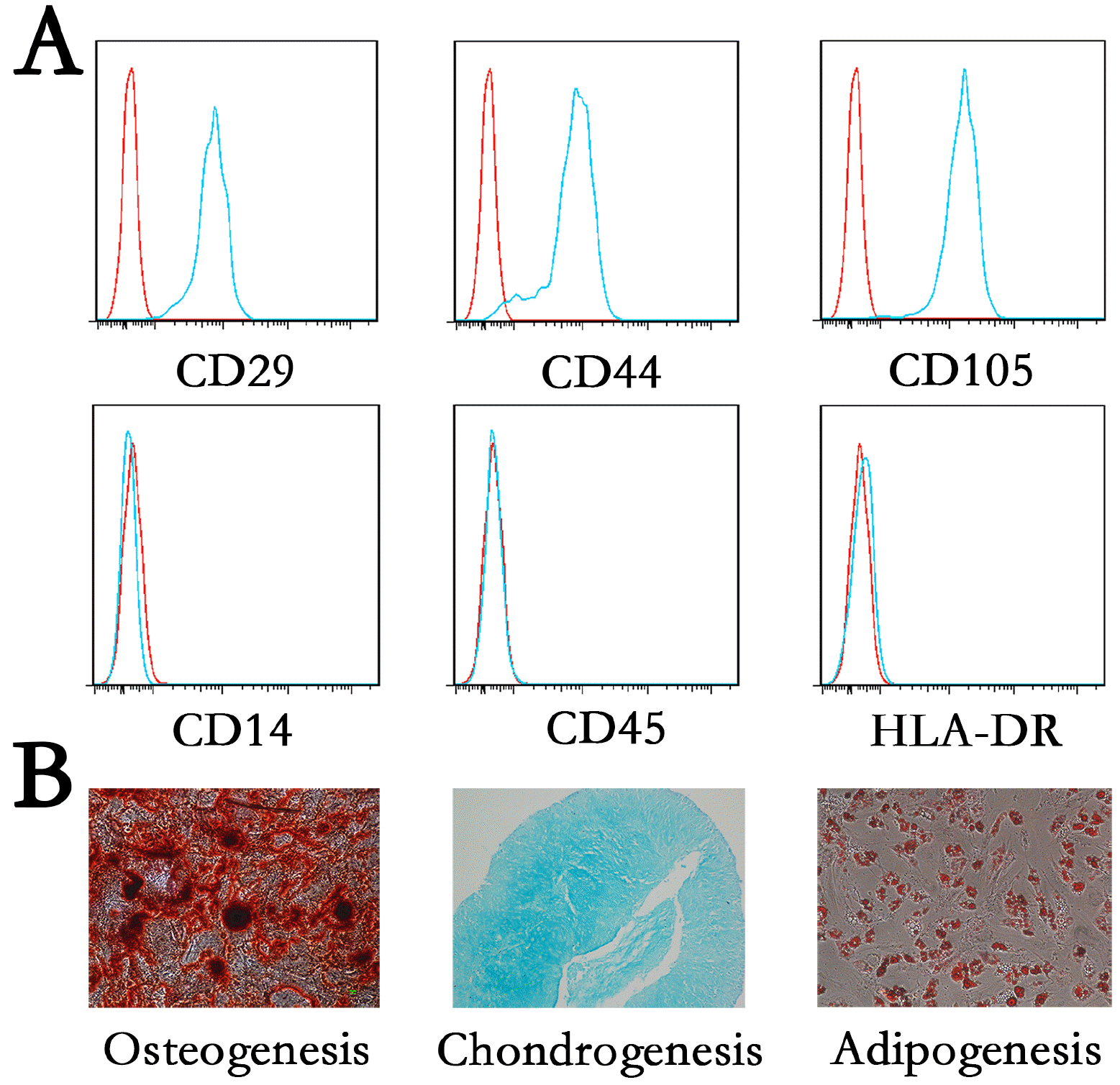
 XML Download
XML Download